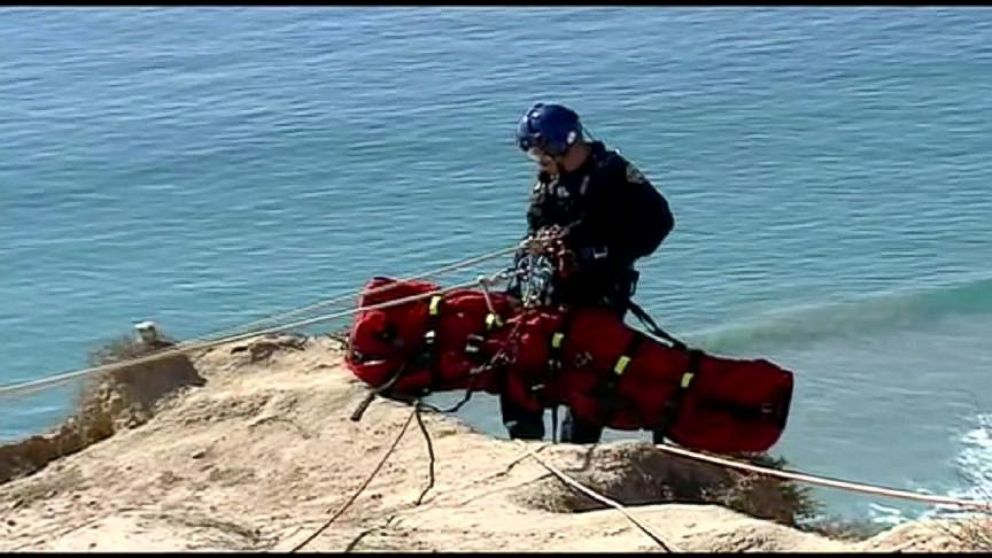Sri Lanka Coast Guards spearhead lifeguard services
The World Health Organisation is keeping a tab on health hazards
across the globe and has identified drowning as the third leading cause
of 'unintentional injury deaths' worldwide, accounting for seven percent
of all injury-related deaths as an estimated 388,000 annual drowning
deaths reported according to the 2004 figures across the globe.
 |
|
Taiwan's Army Chief
seeks to quit after abuse scandal
|
According to Dr. Wijaya Godakumbura who made a presentation on
drowning deaths in Sri Lanka has said that drowning has become a serious
issue in Sri Lanka as around 1050 deaths are recorded annually, claiming
mostly lives of children and young adults. In the context of a booming
tourism industry, Sri Lanka attracts tourists towards the coastal belt
and has become an issue that merits attention.
To address this issue, the Life Saving Association of Sri Lanka which
is more than a 100 -years- old, acting as a national body for life
saving and water safety in Sri Lanka deployed life savers in Sri Lankan
beaches as volunteers. Apart from them Sri Lanka Police Lifesavings Unit
which consists of trained life savers from the Police and ST, it has
also done commendable lifesaving work in the Arugam Bay area.
Therefore, the requirement of a permanent body to look after life
saving aspects was raised in the recent past. On identifying the
importance of providing lifeguard services to the public, the Sri Lanka
Coast Guard Department(SLCG) set up in 2009 to ensure the security,
safety and serenity of the maritime environment while enforcing laws
pertaining to the sea, took prompt action to expand its lifeguard
services to many beach areas mainly in the Western and Southern regions.
Explaining the initial commitment by the Department in achieving this
important milestone, the SLCG says that as its motto being "Saving Lives
at sea", they started their own lifesaving unit in a humble way a few
years back with the intention of providing a professional lifesaving
service to Sri Lanka.
"We took the cue from the Australian Life Guard service, New South
Wales, the largest lifeguard service in Australia", a spokesman for SLCG
said.
With the setting up of the Sri Lanka Coast Guard lifesaving unit in
2009, emphasis was given to the expansion of activities along the
coastal areas.
"The recent rapid development in the tourism industry has attracted a
large number of local as well as foreign tourists to the beaches around
the country. Statistics indicate that tourist arrivals in June have
increased by 12.8 percent compared to the corresponding period last year
and it is a total of 73,628 tourists who have arrived in the country in
June. While most of the tourists are attracted to the beaches, ensuring
safety in the beaches to engage in recreational activities remains an
important aspect of our operations", he said.
The construction of the first lifesaving post took place at the
Wellawatta beach along the Marine Drive in 2012. Construction of similar
lifesaving posts South of the Wellawatta beach up to Mirissa took place
in 2013.
"With these expansions completed, lifesaving posts have been set up
in Mount Lavinia, Panadura, Balapitiya and Mirissa. Apart from these
lifeguard posts, lifeguards are stationed in Galle Face, Polhena,
Kirinda and Nilaweli", he said.
 |
|
Schoolboys being shown
the use of life jackets
|
"The lifeguard service initiated by the Sri Lankan Coast Guards have
so far rescued 100 lives from the date of starting their operations
after rescuing the lives of 79 Sri Lankans and 21 foreigners from
France, China, Korea, Australia, Denmark, Thailand, UK, Nepal and Spain.
The presence of lifeguards at a beach undoubtedly assures the safety of
the tourists", the spokesman said.
The lifesaving unit of the Sri Lanka Coast Guard reached the
important milestone of rescuing the 100th life with the rescue of Ms. GM
Ronni Samanthi (37) on August 3 in the Mt. Lavinia seas. Phase two of
the project will focus on constructing lifesaving posts in these
locations and expand them into tourist attracted beach areas in the
North-West, North and East coasts of the country.
"Once the duty of a lifeguard is over with dusk, they continue to
remain and carryout surveillance duty. The future plan of setting up
more lifesaving posts along the coast will add depth to maritime
surveillance capabilities and will also serve as a deterrent to illegal
activities taking place in the coastal areas and the observation of the
change in sea conditions. We are aware that even with the latest
equipment the prior warning of a tsunami situation may be delayed.
However, SLCG Life Savers at lifesaving posts will observe receding
sea water levels, which is the best indication of an incoming tsunami
wave and we will be able to warn the public even if the latest
communication equipment fails", he said.
The success of the Coast Guard lifesaving unit is largely attributed
to the dedication and professionalism of the 76 lifeguards as these
lifeguards undergo special training at the Coast Guard's Life Saving
Training School at Balapitiya and obtain professional qualifications
from Coast Guard instructors in levels such as Basic, Resuscitation,
Intermediate and the Bronze medal.
Apart from providing training to lifeguards, the Balapitiya training
school also conducts lifesaving training for youth in the area.
"Over 30 youth have been so far trained and there is a demand from
youth in area as this training has provided them with an added
qualification to find jobs in the tourism field, especially in hotels as
lifeguards, on the beach and near swimming pools", the spokesman said.
The SLCG lifesaving Training School is affiliated to the Sri Lanka
lifesaving Association and Royal lifesaving Association, UK. The
certificate issued by this training school has world-wide recognition.
"During a recent visit by the Director General of SLCG to Australia,
he met officials of the Surf Lifesaving Association of Australia in
Sydney and the Australian Surf Lifesaving Association and and they have
agreed to provide an instructor to the SLCG lifesaving training school",
the spokesman said.
Awareness programs and educating the community on lifeguard practices
and sea safety is another aspect they promote. Over 650 fishermen and
1200 civilians educate the public on the importance of sea safety and
related aspects.
"The importance of this training was seen during the recent bad
weather conditions which resulted in the loss of lives of many
fishermen. A youth who underwent training at the Balapitiya lifesaving
school could organise others to help rescue fishermen. This is exactly
what the Coast Guard expects by conducting such training, as natural
disasters give no or minimum warning for us to prepare. As the first to
find out, they have a great role to play during a time of a disaster,"
he said.
They have also taken the initiative to educate school children who
live along the coastal areas of the importance of knowing the basics of
lifesaving and first aid.
 |
|
A life saver explains
life-saving methods to a group of schoolchildren
|
"Well over 2500 students have been educated this year alone and their
level of confidence is much higher and possesses a great deal of
knowledge about drowning and related issues. In addition to above,
tailor made lifesaving training for 90 cadets from the Sri Lanka Cadet
Corps have been conducted in the recent past", he added.
The concept of 'educating the young to face the future with a better
preparedness' is what the Coast Guard expects from all these attempts.
On identifying the importance in training personnel involved in disaster
management duties, Coast Guard recently completed the first ever
specialised lifesaving training program conducted for the Sri Lanka
Army, Air Force and Disaster Management Centre.
"The future lifesaving action plan of the Coast Guard mainly focus on
three main pillars; Awareness, Training and Safety. The prime objective
of these pillars is to ensure safety of lives and provide a safe and
secure marine environment for the common public", he added.
Apart from that the Sri Lanka Coast Guard is also carrying out
research work to produce a National Coastal Safety Report and SLCG is
conducting research work to publish a National Coastal Safety Report end
of this year which will give a national overview of coastal drowning
details by time, month, activity and age group and gender .
"When you are on holiday at any popular beach in Sri Lanka, please
watch for the 'Red' and 'Yellow' flags. Be safe and always swim between
the 'Red' and 'Yellow' flags. You and your families will be safe with
professional SLCG lifesavers observing you. Log on to the SLCG website
and click "Sri Lanka Coast Guard Life Saving" for the complete list of
100 lives saved and the details.
This effort of the Coast Guards will undoubtedly contribute to the
betterment of the country in the long run", giving emphasis on the
safety aspect when they are in the sea the spokesman said.
"We should also be grateful to the guidance and assistance given by
the Secretary, Ministry of Defence and Urban Development, Basil
Rajapaksa and the Commander of the Navy in our efforts", he said.
 By
By 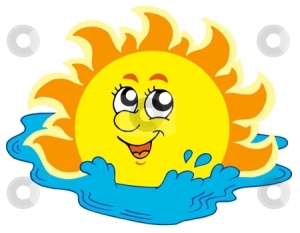


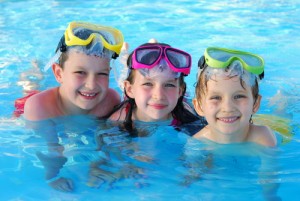

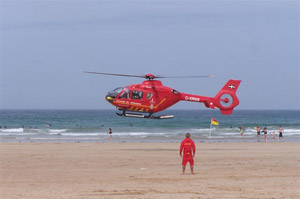
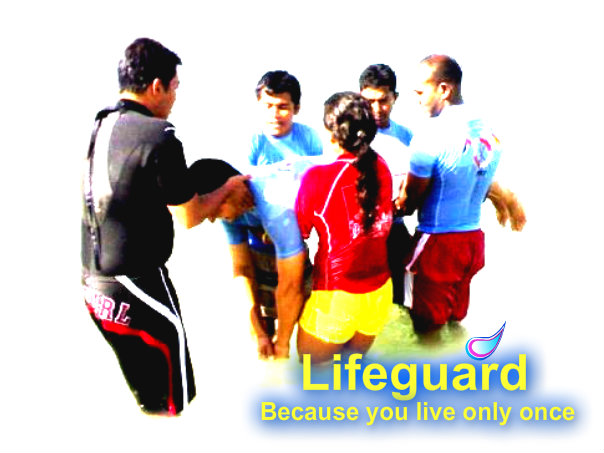



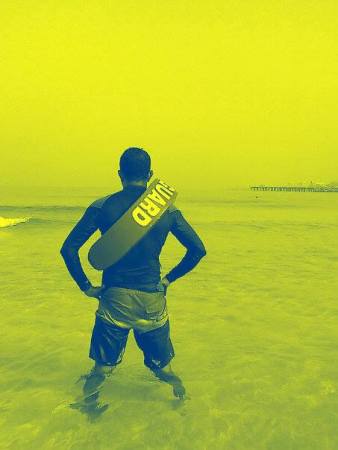
 The lack of qualified lifeguards in many swimming pools at schools
and hotels countrywide have posed a grave threat to untrained swimmers
and this had been the chief reason for the increasing number of drowning
accidents reported, experts said.
The lack of qualified lifeguards in many swimming pools at schools
and hotels countrywide have posed a grave threat to untrained swimmers
and this had been the chief reason for the increasing number of drowning
accidents reported, experts said. 












